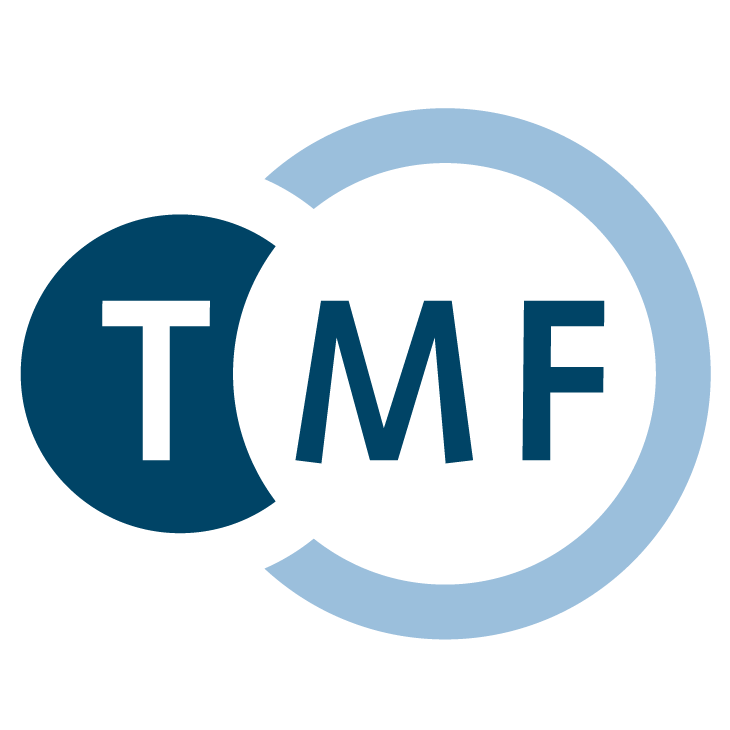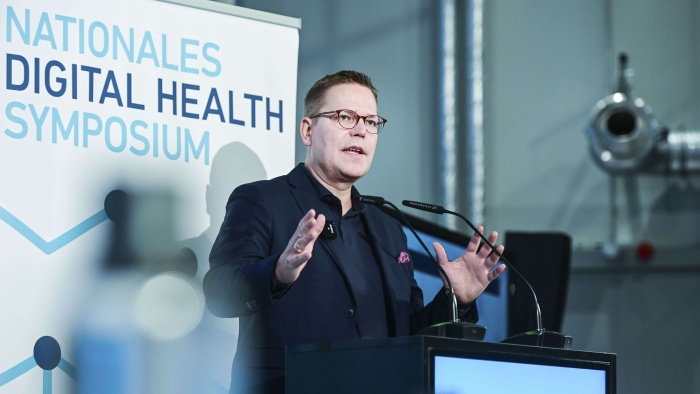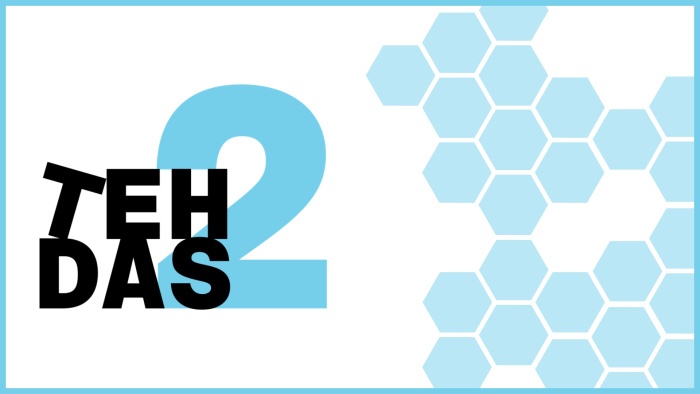Following the Implementation of the GDNG: Recommendations for Research Institutions in Intensive and Emergency Medicine Published

© iStock.com/Pornpak Khunatorn
Today, the Health Data Usage Act (GDNG) comes into effect. For the first time, it establishes a nationwide legal framework for collaborative research projects, which is particularly significant for quality assurance and the management of processes and resources in intensive care and emergency medicine. However, where opportunities are created, obligations also arise. In response, three professional societies—the German Interdisciplinary Association for Intensive and Emergency Medicine (DIVI), the TMF – Technology and Methods Platform for Networked Medical Research, and the German Society for Medical Informatics, Biometry, and Epidemiology (GMDS)—have published recommendations for handling the GDNG in intensive care and emergency medical research. “We are witnessing a cultural shift from preventing unauthorized data use to fostering transparency and control,” agree the members of the interdisciplinary and interprofessional workgroup.
A learning and evolving healthcare system critically depends on data from clinical care, as the ongoing discussions surrounding hospital reform consistently highlight. Which patient is treated by whom and when? How many patients are in a given facility at a specific time? What procedures or interventions are required, and how much staff is involved? "These questions can be answered using data from our healthcare institutions," notes DIVI President Prof. Felix Walcher. "The data exists. However, utilizing it for research purposes has so far been difficult and complex because the legislative authority for data protection, hospitals, and research lies with the individual federal states," explains the Director of the Department of Trauma Surgery at Magdeburg University Hospital. "There is a patchwork of state laws that makes data usage for collaborative research very labor-intensive." The GDNG now provides, for the first time, a nationwide legal framework for data utilization. However, the requirements that the law imposes on research institutions also raise numerous questions.
Guideline for Research Institutions
Following the adoption of the Health Data Usage Act (GDNG) in mid-December last year, a nine-member workgroup, led by Prof. Rainer Röhrig, Director of the Institute for Medical Informatics at RWTH Aachen University, was formed. “Our goal was to provide research-oriented healthcare institutions with a guide immediately after the law came into effect,” says Röhrig. “What has been newly regulated? What needs to be done now? How can we get started? – Our paper addresses these questions! Concisely presented in nine pages.”
For intensive and emergency medicine, the provision allowing consent-free data use for in-house research is particularly relevant. Most of the requirements for data processing in the context of in-house research are not entirely new, explains Prof. Falk von Dincklage, spokesperson for the DIVI Section on Information and Medical Technology. However, these requirements are now clarified by the GDNG. “We see it as an important task for the three professional societies to provide clinics with particularly concrete assistance in this area. Only in this way can the opportunities offered by the GDNG be fully utilized,” says the Deputy Director of the Department of Anesthesia, Intensive Care, Emergency, and Pain Medicine at the University Medical Center Greifswald. “As an interdisciplinary and interprofessional group, we have already spent weeks carefully examining the legal text.”
Data Use Also Possible for Rehabilitative and Care Facilities
DIVI, the TMF, and GMDS have found the collaborative work within their interdisciplinary and multiprofessional team to be immensely enriching. This is equally essential in research. “A learning healthcare system requires data from all professional groups and types of healthcare facilities,” emphasizes Prof. Ursula Hübner, Chair of the GMDS Medical Informatics Committee and Head of the Informatics Research Group at Osnabrück University of Applied Sciences. “It is crucial that the GDNG explicitly permits not only medical but also rehabilitative and nursing in-house research. This enables us to advance in nursing research and nursing informatics on an international level.” The internationally recognized expert in nursing informatics therefore urges that the law be implemented quickly and practically by the state authorities.
Creating Solutions and Designing Practical Approval Processes
The workgroup envisions even more extensive tasks ahead. “The purpose of the law is to enable research, reduce administrative burdens, and simultaneously improve transparency while continuing to ensure the protection of patients,” says Sebastian Semler, Managing Director of the TMF. “In the next step, we must work together with ethics committees and data protection authorities to make the approval processes more practical.”
Following the approval process comes the next stage: the tasks that arise immediately after the Health Data Usage Act (GDNG) comes into effect can also only be addressed through interdisciplinary and interprofessional collaboration. “Although we have created initial recommendations with the three professional societies, this is only a first step,” summarizes Rainer Röhrig. As the lead author of the recommendations, he already has the next to-dos on his list. “We should seize the opportunities that the GDNG now provides!”
The explanations and recommendations from DIVI, the TMF, and GMDS have been published in the DIVI journal and can be downloaded as a PDF here: The Health Data Usage Act and Its Significance for Research in Intensive and Emergency Medicine.
Press Contact
Wiebke Lesch
Tel.: +49 30 2200 24731
Mobile: +49 177 2663257
Email: presse@tmf-ev.de
Twitter: @tmf_eV

Über die TMF e.V.
Die TMF – Technologie- und Methodenplattform für die vernetzte medizinische Forschung e.V. steht für Forschung, Vernetzung und Digitalisierung in der Medizin. Sie ist die Dachorganisation der medizinischen Verbundforschung in Deutschland, im Rahmen derer Spitzenforscherinnen und -forscher Wissen austauschen, gemeinsam Ideen und Konzepte entwickeln und so die Zukunft der medizinischen Forschung im digitalen Zeitalter gestalten.


